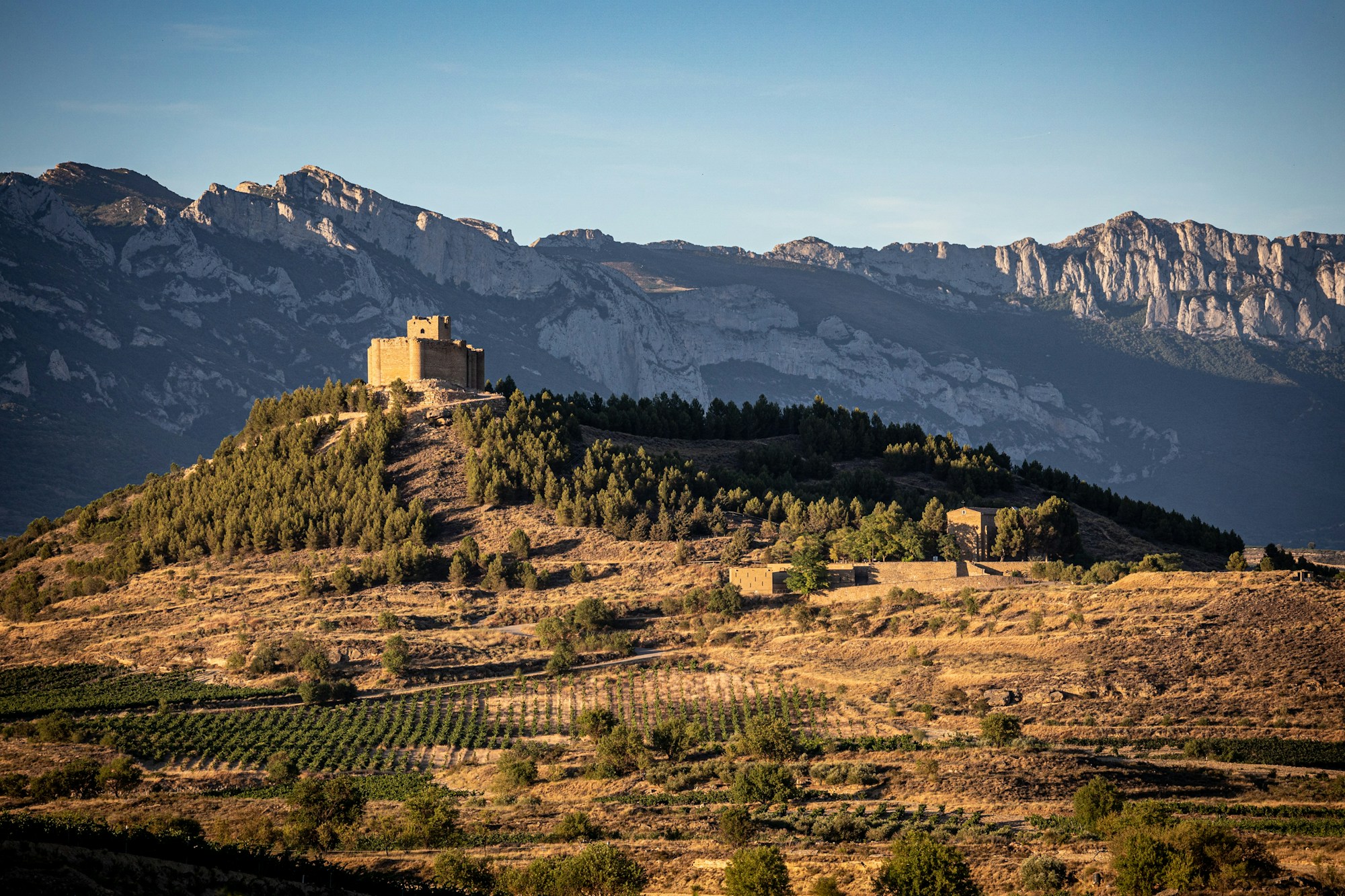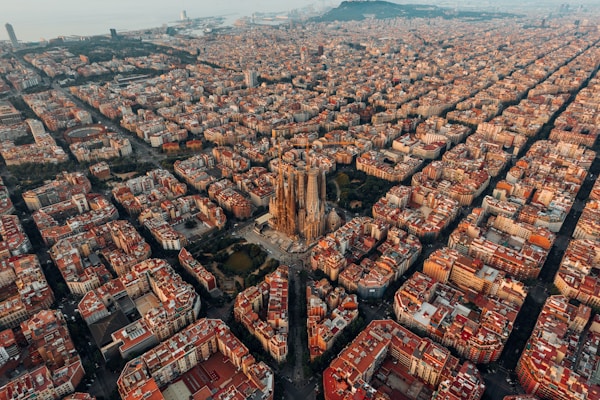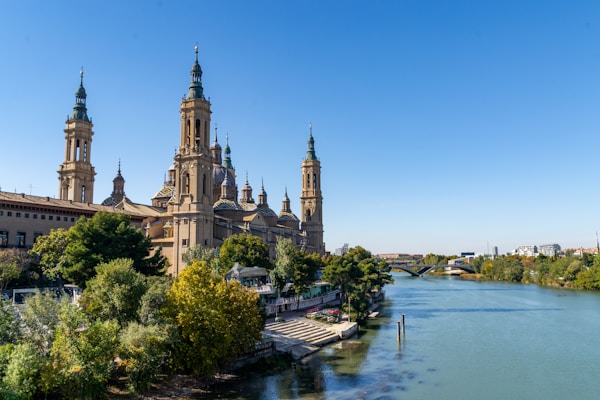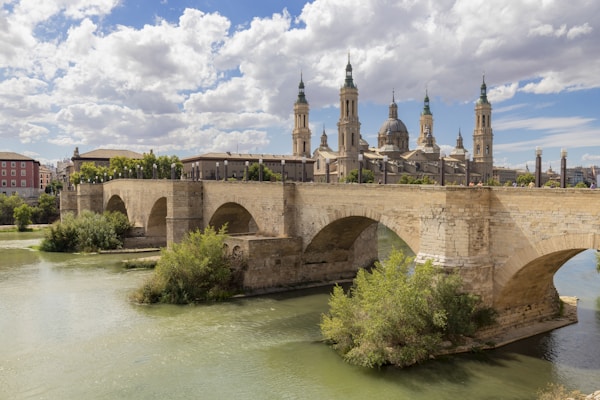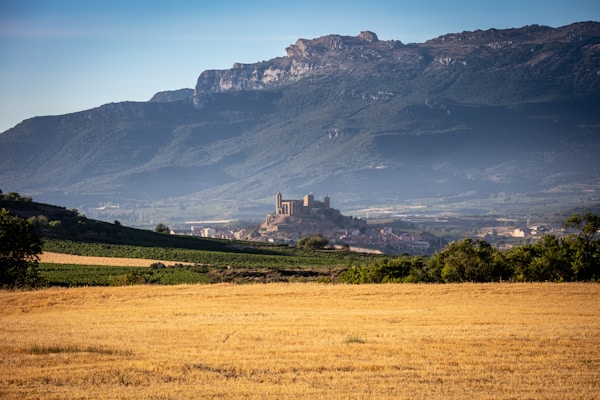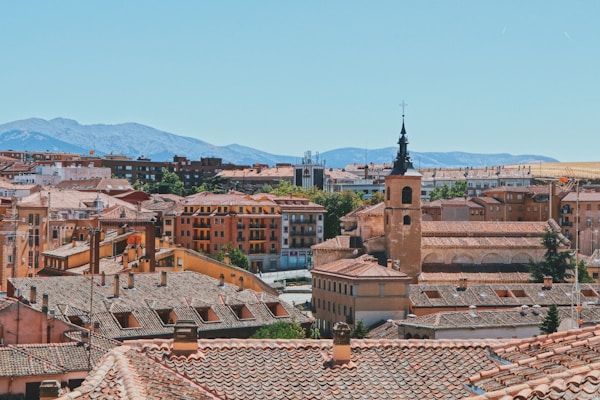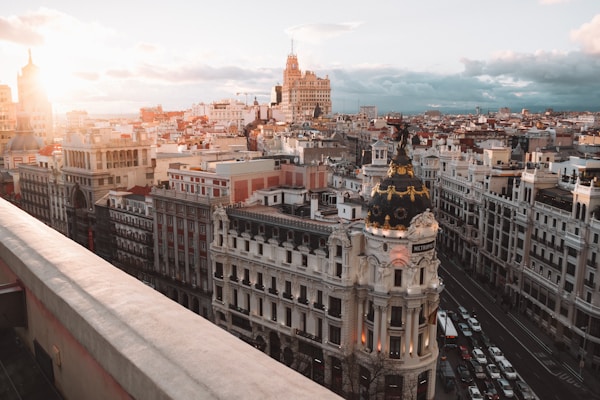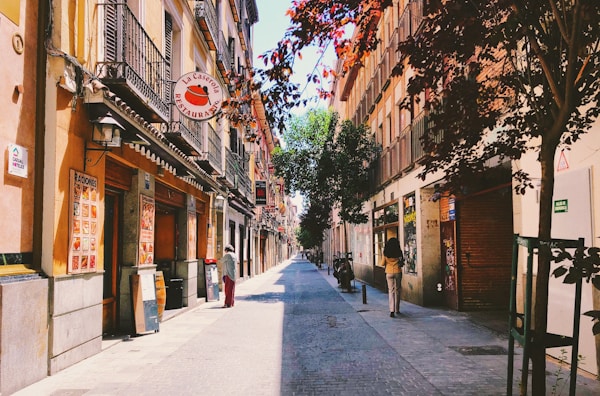Rioja to Ribera del Duero
This morning, after breakfast, check out the hotel and depart with your guide towards Ribera del Duero.
En route, enjoy a final tasting of Rioja wines with a visit to a producer such as Valenciso Winery, a small family winery making only reserve wines. After fifteen years of shared work in a prestigious and centenarian cellar of Rioja with a strong international presence. Tempranillo grapes from old vineyards with low yields, new barriques - predominantly French oak - having one-third renewed annually, cork "flor" quality - the highest level - and a long savoir faire marked by fondness and dedication only applicable to small cuvées.
Alternatively, you may visit the Culture of Wine Museum, Dinastía Vivanco in Briones, a unique and historic location in the Rioja Alta. Situated in the heart of the vineyards adjacent to their Bodega, this is one of the largest wine museums in the world and has amazing views of the town of Briones
After your visit, you will be welcomed to a bodega or a traditional restaurant in the area for a tapas lunch to be served with wine.
Continuing on, stop to explore Burgos, the provincial capital of Castile and León. The city is famous for its intact medieval architecture with the most recognizable landmark being the Gothic Cathedral of St. Mary, a UNESCO World Heritage Site. Work began on the Cathedral in 1221 and continued until 1795. Boasting no fewer than 38 altarpieces, countless chapels, ornate religious imagery, and of course, being the final resting place of the legendary El Cïd, the cathedral is outstanding for the elegance and harmony of its architecture.
Afterwards, you will be transferred to your hotel in Ribera for check-in and to settle into your new surroundings.
Ribera del Duero
Ribera del Duero is one of Spain’s world renown wine regions and is situated along the banks of the Duero River on the country’s northern plateau. Wine has been produced in the region for thousands of years, but, viticulture as we know it today, was brought to the region by French Benedictine monks from Cluny, in Burgundy, during the XII century.
The Ribera del Duero region stretches across four provinces: Burgos, Segovia, Soria, and Valladolid. Its climate is characterized by long, hot summers and cold winters, with significant temperature fluctuations between day and night, which are ideal for growing grapes. Ribera del Duero today produces high-quality red wines made primarily from the Tempranillo grapes, locally known as Tinto Fino or Tinta del País.
